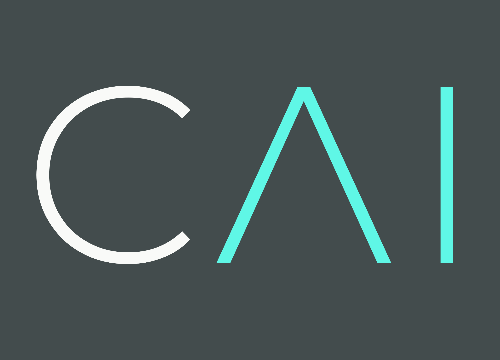2 key questions here hoping for your advice:
1. If I am explaining my structure, how much depth should I go into? i.e. a. I shall look at profit drivers, revenue and costs - and full stop. or b. I shall look into profits, competitors and customers. Specifically, I would look into revenue broken down into price and volume, and costs I will look at fixed and variable costs. Moving on to the competitors, I would look at who our competitors are, what have they been doing....etc.
The reason I am asking this is that some people think I am too verbose (gets interviewer bored) when I try method b, but if I do method a, others might think my elaborations are too short.
2. How do you usually structure your sentences when you interpret data? a. I have 3 key observations, a,b,c and have 2 insights, a,b. OR b. One key observation is (obs A), based on this it seems like (insight A). Another key observation is (B), and it seems like (insight B), etc.
The reason I am asking this is if I do a, I might lose out some additional insights that I only discover halfway when I explain my data interpretation. However, method b seems less structured than a which might lead people to think that's bad.
Please let me know what you think! Thanks in advance!



